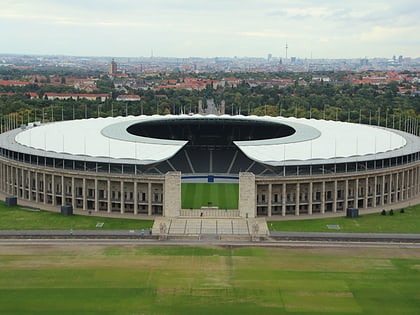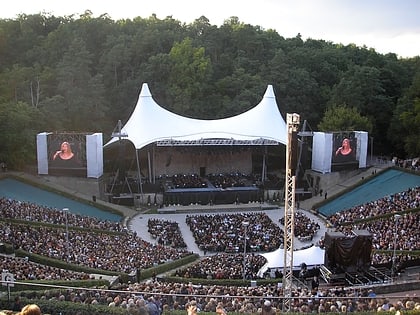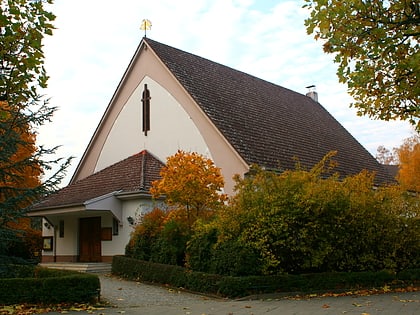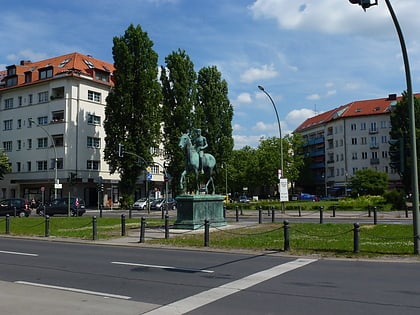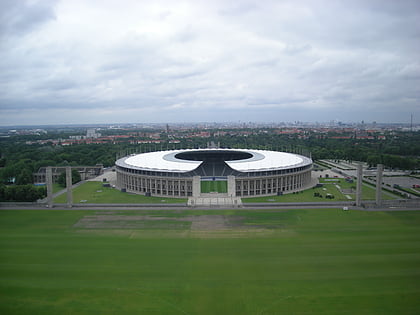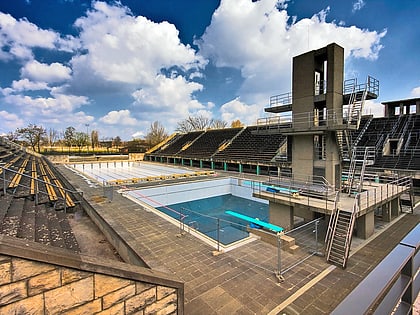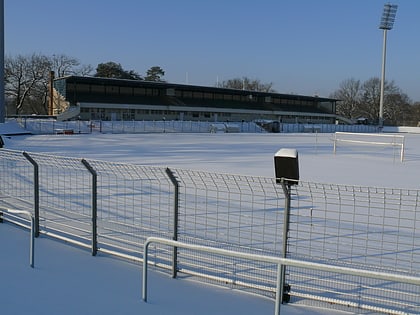Athletics at the 1936 Summer Olympics
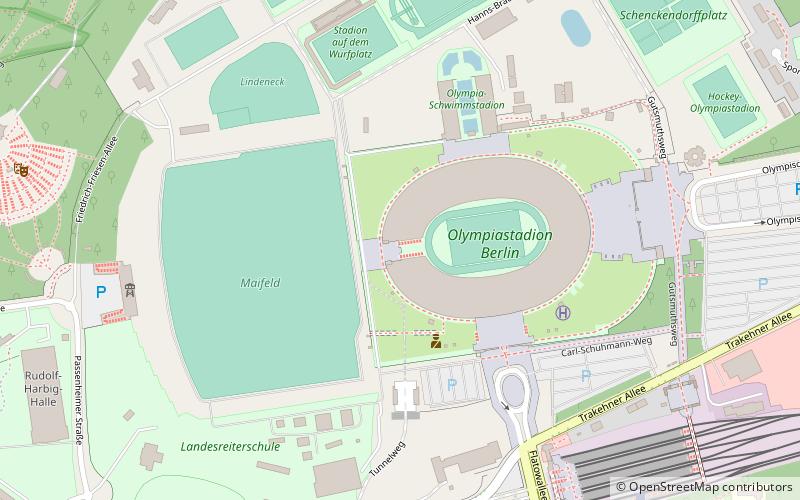
Facts and practical information
The 1936 Summer Olympics, held in Berlin, Germany, were a monumental event, not least for the athletics competitions that captured the world's attention. These Games were steeped in political undertones, with the Nazi regime seeking to use the event to demonstrate Aryan supremacy. However, the narrative took a different turn with the remarkable achievements of athletes from around the globe, particularly the African-American sprinter and long jumper Jesse Owens.
Owens' performance at the 1936 Olympics was nothing short of historic. He won four gold medals – in the 100 meters, 200 meters, long jump, and 4 x 100-meter relay – defying the racial ideologies of the host nation and leaving an indelible mark on Olympic history. His success, along with the victories of other athletes, turned the athletic events of these Games into a powerful symbol of unity and competition beyond politics.
The athletics at the 1936 Olympics were not only about Owens, though. The Games featured a diverse range of events, from sprints to distance running, hurdles to throwing events. Numerous Olympic records were broken during the Games, showcasing the extraordinary athletic talent of the time. The competitions were held at the Olympiastadion Berlin, a grand stadium built specifically for the Olympics, which provided a state-of-the-art venue for the athletes and a memorable experience for the spectators.
Berlin
Athletics at the 1936 Summer Olympics – popular in the area (distance from the attraction)
Nearby attractions include: Olympiastadion, Teufelsberg, Waldbühne, Berlin 1939–1945 Commonwealth War Graves Commission Cemetery.
